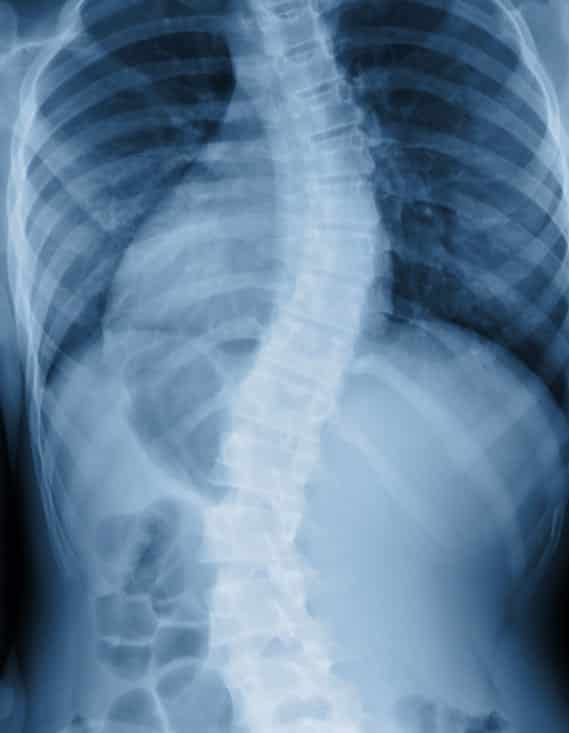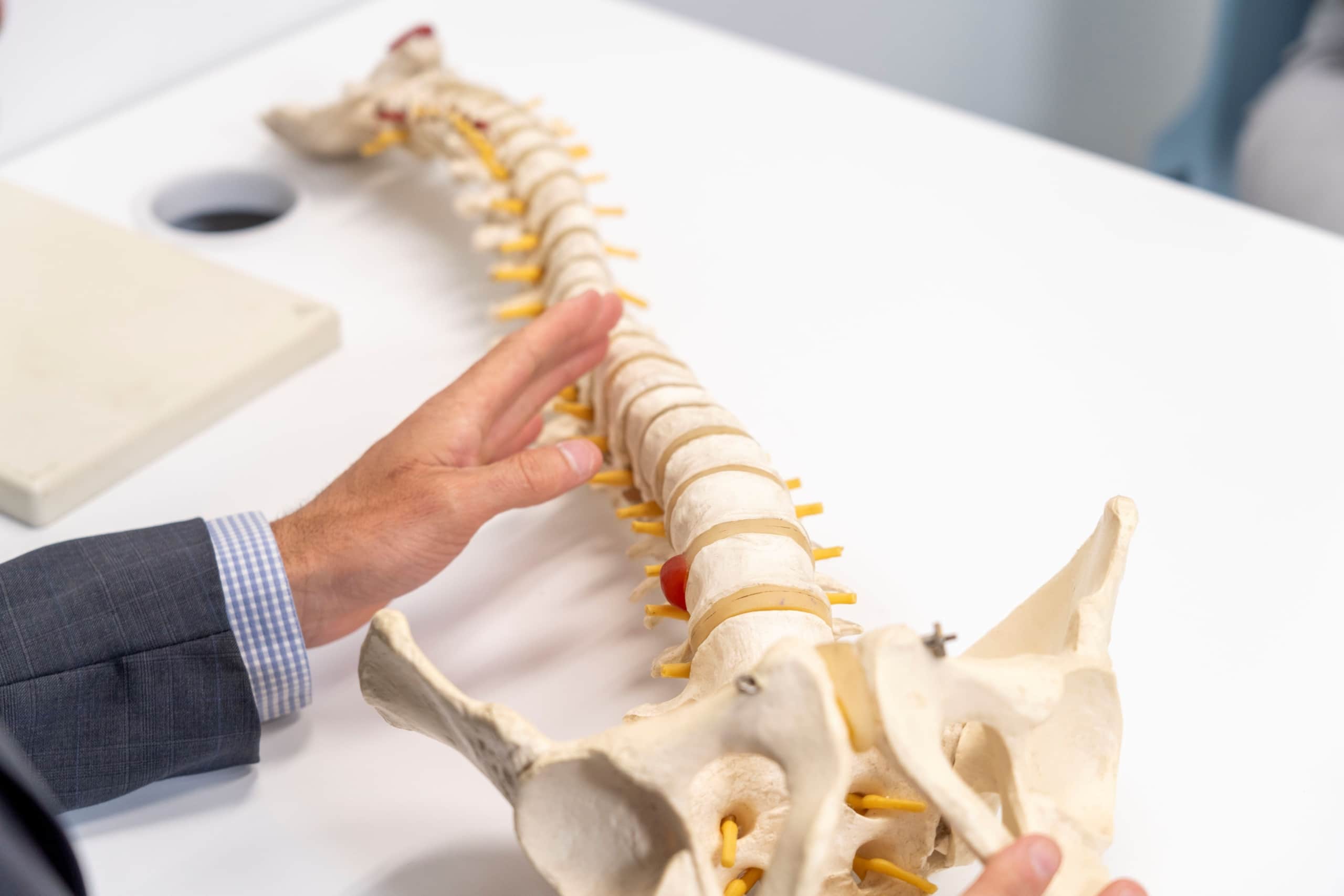What is Scoliosis?

Understanding Scoliosis
Scoliosis is a progressive, lateral curvature of the spine. When viewed from the side, the spine should have curves. However when viewed from the back, the spine should be straight.
Typically someone is diagnosed as having scoliosis if the curve is measured on an X-ray at 10 degrees or more combined with rotation of the vertebrae/spine. This measurement is known as the cobb angle of the scoliosis curve.
Scoliosis can affect people of all ages, from infants and children, to adolescents and adults. It’s commonly detected during periods of rapid spinal growth in a child’s life. This is usually between the age of 10 and 16 years of age. However, infants and children can also be affected.
There are also increasing numbers of adults with scoliosis. This can be scoliosis which was not detected when they were younger or degenerative scoliosis (De Novo Scoliosis) which has developed as they have aged.
The causes of scoliosis can vary. Sometimes, it happens without a clear reason, and that is called idiopathic scoliosis. Sometimes scoliosis can be linked to family history meaning if someone in your family had it, you might be more likely to get it too. As people age, they can also be affected by degenerative types of scoliosis.
In rare cases, certain health conditions or problems with the spine’s development can also cause scoliosis, for example, neuromuscular conditions like cerebral palsy.
There are a number of ‘warning signs’ which can help indicate the signs of scoliosis in both young people and older adults. Some symptoms of scoliosis include poor posture, shoulder asymmetry, muscle weakness, and pain. In advanced cases, scoliosis can lead to heart and lung problems.
If scoliosis is detected and treated early, patients can avoid these symptoms in many cases. Additionally, conservative treatment approaches such as custom scoliosis bracing and scoliosis specific exercise rehabilitation are available in many cases, as evidence-based treatment options for a wide variety of patients. If left untreated, scoliosis sometimes requires surgery.
In all cases, early detection of scoliosis is important, and any changes or visual indications should always be assessed. If you’ve noticed a change, contact us to arrange an assessment.

